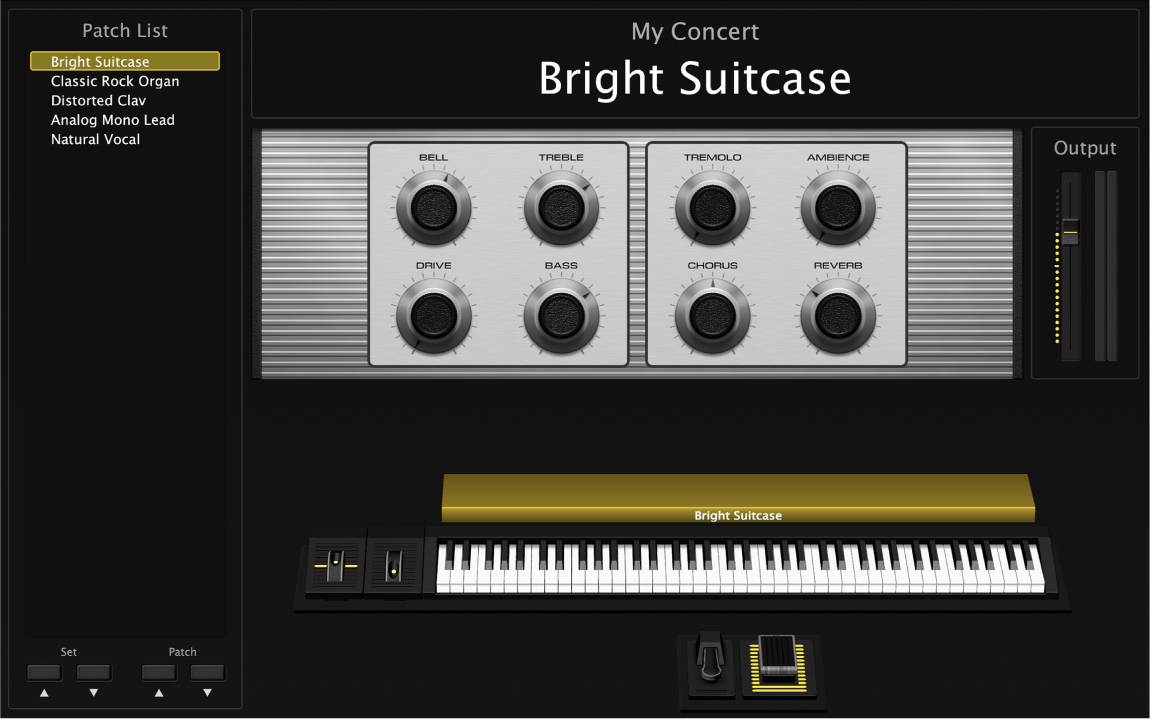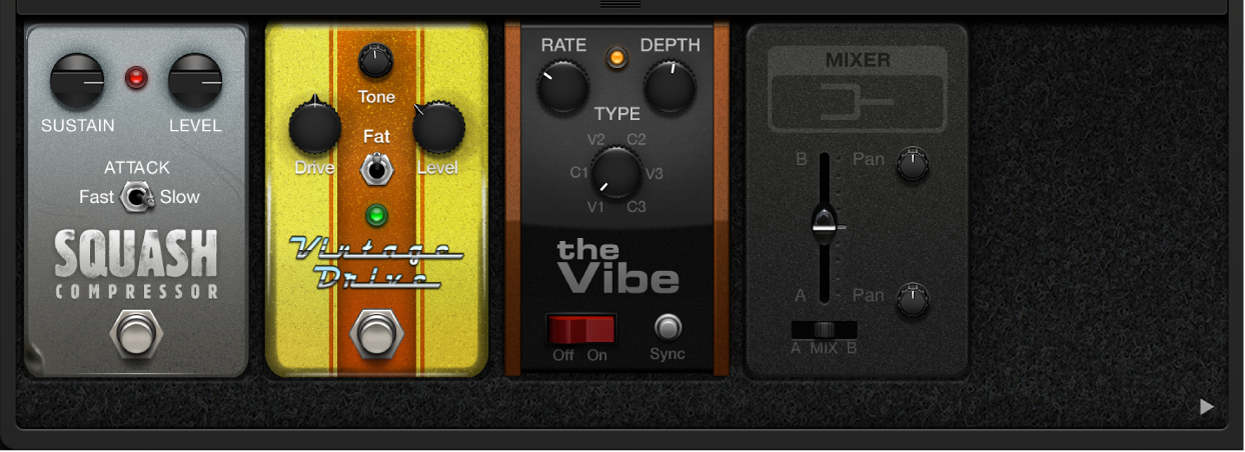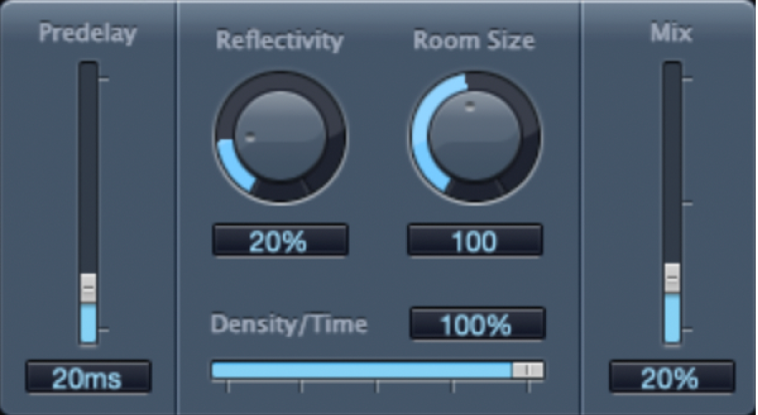

That includes flash - and the Slow Sync flash feature in the iPhone 8 Plus and later - along with timed photos, filters, and HDR.

When in Portrait mode, you can only frame with the telephoto lens (there are no zoom options, digital or otherwise), but as of iOS 11, users have most other Camera app features available to them. On the 8 Plus and later, you'll also use the depth map for Portrait Lighting (more on that below). This depth map is then used to create the most fun part of Portrait mode: artificial depth of field, which blurs both the background and foreground with various "bokeh" effects to create a DSLR-camera-like image. But the wide-angle is also working for you: It automatically measures the difference in distance between what it sees and what the telephoto sees, creating a multi-point depth map. "They're not just hearing it from Putin - it's the same stories they've heard from their grandparents and from their parents about why they had to leave Ukraine in the first place.When you shoot in the Camera app's Portrait mode, you're framing an image as seen by your iPhone's 2x "telephoto" lens. "It's the same type of language that was used to justify the repression of their parents and grandparents before they left Ukraine," she notes. "Instead, very many of them push back on those types of statements and push back against any of those statements that try to erase Ukrainian heritage."Ĭhannell-Justice says Ukrainian-Americans do so in part because those arguments actually long predate Putin. "I have not seen any single diaspora Ukrainian agree with that type of statement, ever," Channell-Justice says.

One of the Russian leader's rhetorical arguments, she says, is to say that Ukraine is the same as Russia culturally, historically and linguistically. Regardless of the particularities of their individual backgrounds, however, Channell-Justice says that in her observations, Ukrainian-Americans have mobilized and unified against Putin. many decades ago to those who left in the 1980s and 90s), to various Christian communities, including Ukrainian Catholic, Roman Catholic and Eastern Orthodox. She also notes that the Ukrainian-American community comprises a multitude of religious groups, including Jewish people (ranging from those whose ancestors came to the U.S. "The first invasion really brought people together in a kind of unified opinion," Channell-Justice says of the Ukrainian diaspora. speaking Russian, not Ukrainian, because they grew up in the Soviet era - but developed both a more overtly personal Ukrainian identity, along with a more politically pro-Ukraine identity in the past decade, after the Maidan revolution and the annexation of Crimea in 2013-14. Many of those later immigrants, Channell-Justice notes, came to the U.S.

There are also many younger Ukrainians, particularly in New York, who came over in the 1980s or 1990s." "Or people whose parents evacuated Ukraine during the war, went to displaced persons camps in Germany and then came to the U.S., so they'll have siblings who were born in Ukraine, in Germany and in the U.S. "You have a lot of folks who came over, or their parents came over, during World War II, for example," she notes. One scholar says that in the past decade, opposition to Russian President Vladimir Putin has unified this community in a new way.Įmily Channell-Justice, the director of the Temerty Contemporary Ukraine Program at Harvard University, says that the Ukrainian-American community is multi-generational. The Ukrainian-American community is mobilizing after Ukraine was invaded by Russia.


 0 kommentar(er)
0 kommentar(er)
